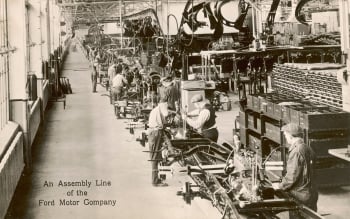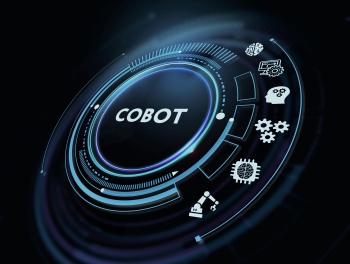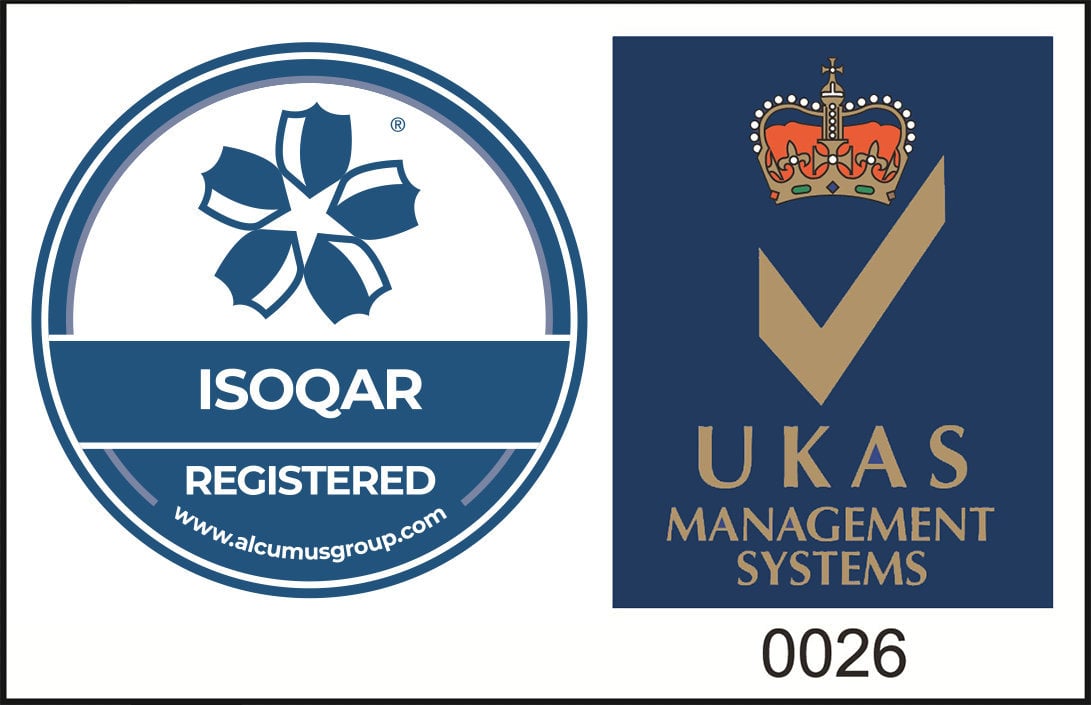
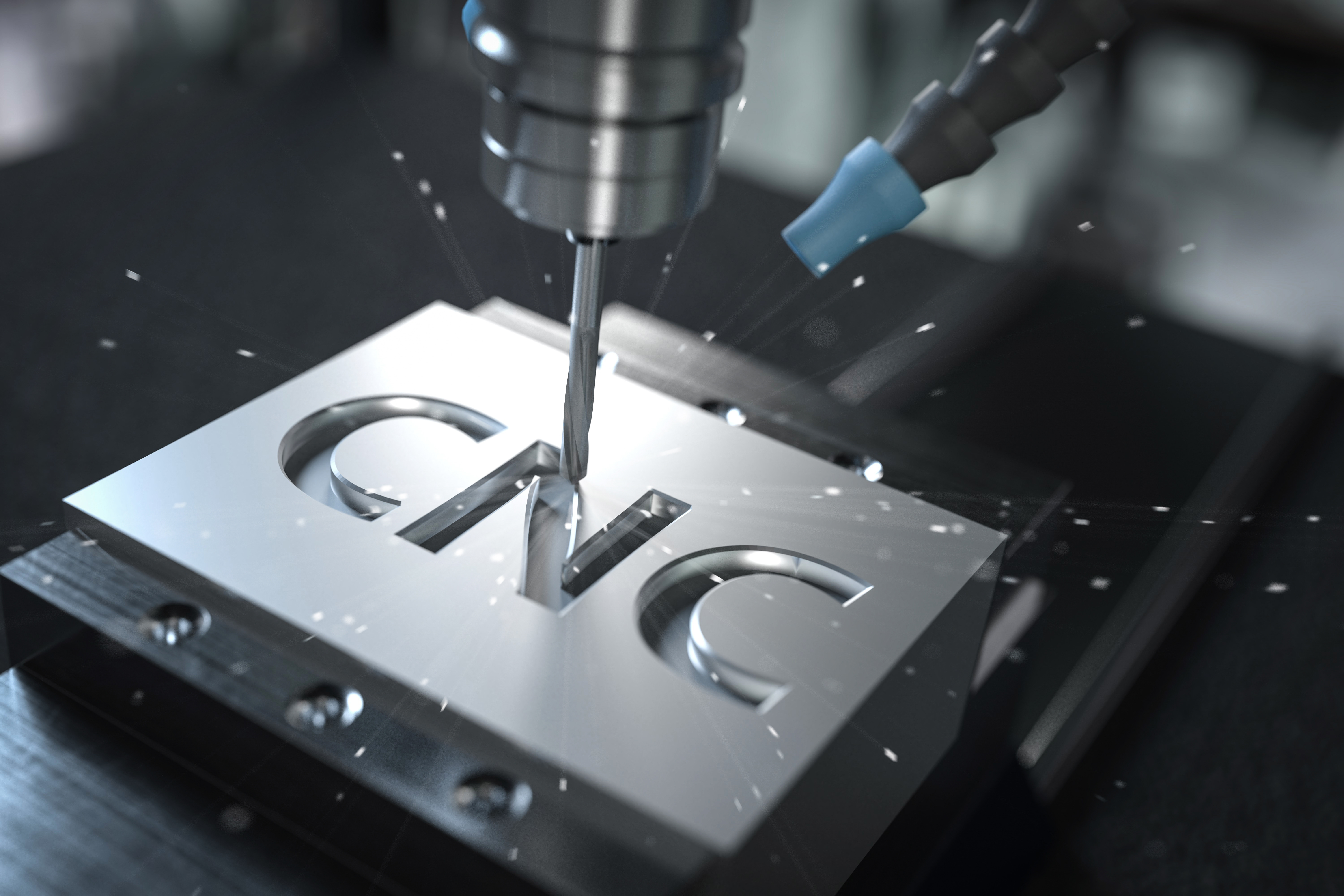
The Mechanics of CNC Machining: An Innovative History and Modern Applications
Published: 11/11/2022
The Mechanics of CNC Machining: An Innovative History and Modern Applications
CNC is the acronym for computer numerical control. The machine is an electromechanical device which incorporates machining tools and complex programming to automate a manufacturing process. The machinist will create a programme which is translated into a format understood by the machine. The CNC machine will then follow the instructions programmed into computer aided manufacturing (CAM) software, moving across specific axes to form the final product.
Using a CNC machine, three-dimensional functions can be completed using a wide variety of machinery from grinders and lathes to drilling and plasma cutters. On each controlled axis, there is an electronic measuring system which aids with the positioning of slides and helps with measuring the spindle speed through orientating the spindle table. Depending on the type of CNC machine, the inner workings will differ. Basic machines will move in one or two axes, however more technologically advanced machines are capable of moving laterally through the x and y axis, longitudinally in the z axis and even rotationally. Moving through multiple axes, these machines can even flip the material over, nullifying the need for manual intervention.
CNC programming is an integral element of the process with the code being written by programmers and inputted into computers, usually retained in its memory. This code was labelled as G-Code and can later be revised, adding additional instructions when required. As the machine receives its instructions, this will determine the speed and position of the tool, mapping out a toolpath. So, what is G-Code? Generally, it is a language understood by the CNC machine, with G-commands controlling movement and M-commands controlling machine functions.

Types of CNC Machines
CNC milling machines are used to manufacture specific shapes and grooves. They have the ability to rotate cutting tools while simultaneously keeping the product stationary. These rotating multi-point cutting tools progressively remove the excess material until the product is formed. Once the machine is set up with the correct milling tools attached to the machine spindle, the programme is launched. During the process, speeds can reach into the thousands of RPM as they produce the instructed cuts. In most cases, the CNC milling machine is employed to complete the finishing touches to a product such as threads, however it can be used to complete the entire manufacturing process.
Moving on to CNC lathes, they are used to create cylindrical objects whereby the cutting tool shapes the object while the block spins rapidly on the spindle. Their main characteristic is their ability to rotate while in operation called “turning”, in contrast with the CNC milling machine which works on a stationary object. Thus, the way in which lathes are designed lends itself to shaping longer horizontal objects. This is a highly versatile option often used across a variety of industries from automotive and aerospace to medical and electronics to name a few. However, their versatility does not end there as they also have the capacity to be programmed directly into the machine using the G-Code file or offline using CAD/CAM software.
Again using a rotating cutting tool, CNC drilling is a manufacturing process which incorporates similar techniques at the lathe, however it is specifically designed to create round holes in the stationary product. The tool accurately pinpoints the location and precisely drills the hole with some even having the capacity to perform counterboring, reaming and tapping. Having created the design using CAD software, the compatible instructions are fed into the machine and the chosen drill bit is installed, ready for the machinist to begin the programme. This process can be used on a variety of materials from metal to wood, accommodating multiple drill bits to boot.
Let’s turn up the heat and talk about CNC plasma cutters which are in a field of their own. The machine consists of a plasma torch which cuts through conductive materials such as metal using an accelerated jet of hot plasma. They do this by utilising ionised gas controlled by a computer, reaching up to fifty thousand degrees fahrenheit and cutting into the material to begin forming the final product. In most cases, steel, aluminium, brass or copper is used to make this thermal cutting method a possibility. Its ability to cut various thicknesses of materials into various shapes have made it an increasingly popular selection across a diverse range of industries.
CNC grinders use a circular rotary wheel to grind the excess material away with abrasives to unveil the desired shape, hence its namesake. This process is also frequently used to smooth and polish surfaces and is much easier to programme than the aforementioned CNC machines. Once it receives its programmed commands, the grinder will follow the instructions and also spray coolant to reduce friction as the final product is being generated, even producing shallow cuts where commanded.
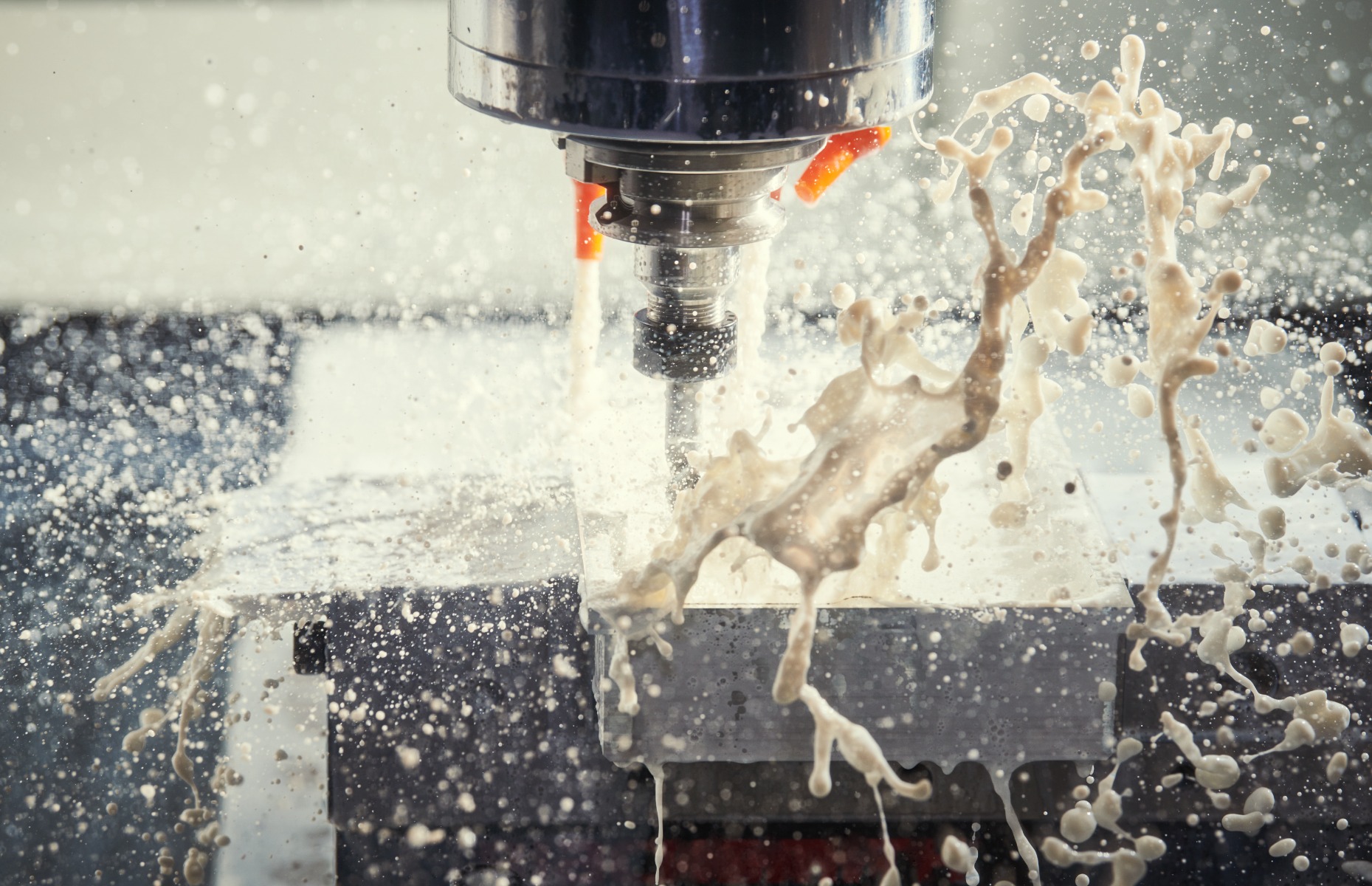
Where did the CNC concept originate?
The world's first CNC machines were developed through the 1940s and 50s, initially relying upon data storage technology known as punched tape. This tape was fed into the machine, providing a programme for it to follow, however this technique was not without its faults. If a programme required a minor change, the tape was discarded and a fresh one was required.
It was during the Cold War in 1949 that John T. Parsons revolutionised the uses of the CNC machine. He was contracted by the United States Navy having developed computerised three dimensional interpolation for the creation of curved shapes. The Navy commissioned Parsons to maximise productivity of their helicopter blades and so he partnered with his colleague Frank Stulen with one machinist reading coordinates aloud and two others making the cut. This process got Parsons thinking, “what if this process could be simplified?” From this point, he developed the first experimental numerically controlled machine with motorised axes in collaboration with MIT, using the punch cards to automate the creation of the rotary blades thus boosting efficiency. Soon after, Richard Kegg built on this concept, creating the first numerically controlled milling machine.
Throughout the 1970s, punch tape data storage was replaced by Computer Aided Design (CAD) software, taking CNC machining into the digital world. The machinist created a programme which was then translated into a format understood by the machine. The CNC machine followed the instructions programmed into computer aided manufacturing (CAM) software, moving across specific axes to form the final product. With higher speed and enhanced accuracy, the possibilities were now endless.

Present Day Applications
From what we have covered so far, we can see that CNC machining enhances production and efficiency but the type of machine you choose will depend on the application which you require it for. Computerised numerical control systems are used globally in a diverse variety of industries to amplify flexibility, improve accuracy and boost production volume. With the power to work with almost all types of materials, the versatile applications are almost immeasurable.
Aerospace and Defence
With its roots in the aerospace industry, CNC machining has been commonly used to manufacture metal aircraft parts requiring high levels of precision in conformance with AS9100 regulations since its inception. With no room for error, lightweight materials are constructed into robust components suitable for daily use and built to accommodate longevity. In an industry of continuous development, the CNC machines used are designed to be continuously reconfigured and updated. Similarly, the defence sector relies heavily on CNC machining to form industrial strength aircraft skins undetectable on a radar, detection radars themselves and communication devices. Most commonly used materials consist of carbon fibre, titanium or aluminium, known for their lightweight construction. CNC machining has also been used to construct weapons. Even dating back to the Gulf War, multi-axis machining processes were used to develop the Tomahawk missile.
Automotive
Since Henry Ford created the first moving assembly line, the industry has continued to embrace technologies. CNC machines are used throughout both the prototyping and manufacturing stages in the automotive industry. The CNC machine can be used to form several crucial components within the combustion engine including cylinder heads. Going from the under the hood to the external, CNC machining can also be used to transform acrylic glass into automotive lighting. This manufacturing technique is likewise used to construct elements of the suspension and exhaust parts. Prototypes are accurately manufactured to specification and tested in a controlled environment, a crucial step to take before the end product goes into mass production.
Consumer Electronics
CNC machining and consumer electronics go hand in hand with the machine being capable of working with varied materials and the speed at which the industry moves. The process often requires specific cuts to be made, allowing for the internal components to be in their correct places and due to the CNC machine's precise nature, it can accommodate such tolerances. As technology advances at such a fast pace, innovative ideas are brought to the table incredibly frequently, meaning electrical components are often required in a short timeframe which the machine abides by. The most common example of a consumer electronic meeting a CNC construction process is the Apple MacBook with its aluminium outer shell being constructed by a CNC milling machine. In the 2000s Steve Jobs announced that “Apple has invented a whole new way of building notebooks from a single block of aluminum”, a revolutionary moment in electronic manufacturing.
Healthcare
The reliability of equipment is quite literally a matter of life or death in the healthcare industry. CNC machining is frequently used to create implants such as hip replacements which use various materials such as titanium or stainless steel for temporary implants. The machine can also be programmed to form surgical equipment used in theatre when operating. From forceps and clamps to surgical scissors and biopsy tubes, it can do it all. On a more complex scale, CNC machining is used to construct electronic medical equipment such as scanners and monitors.
Oil & Gas
Last but not least we have the oil and gas industry which once again has a tight tolerance and demands accuracy. CNC milling machines are mostly used to create pistons, cylinders, rods and valves which are later to be used in pipelines and refineries. However, this sector has an additional requirement. Due to the environment and need for longevity, the materials used must be corrosion resistant. Thus, the CNC machine's ability to work with varied materials means it can accommodate such a requirement.
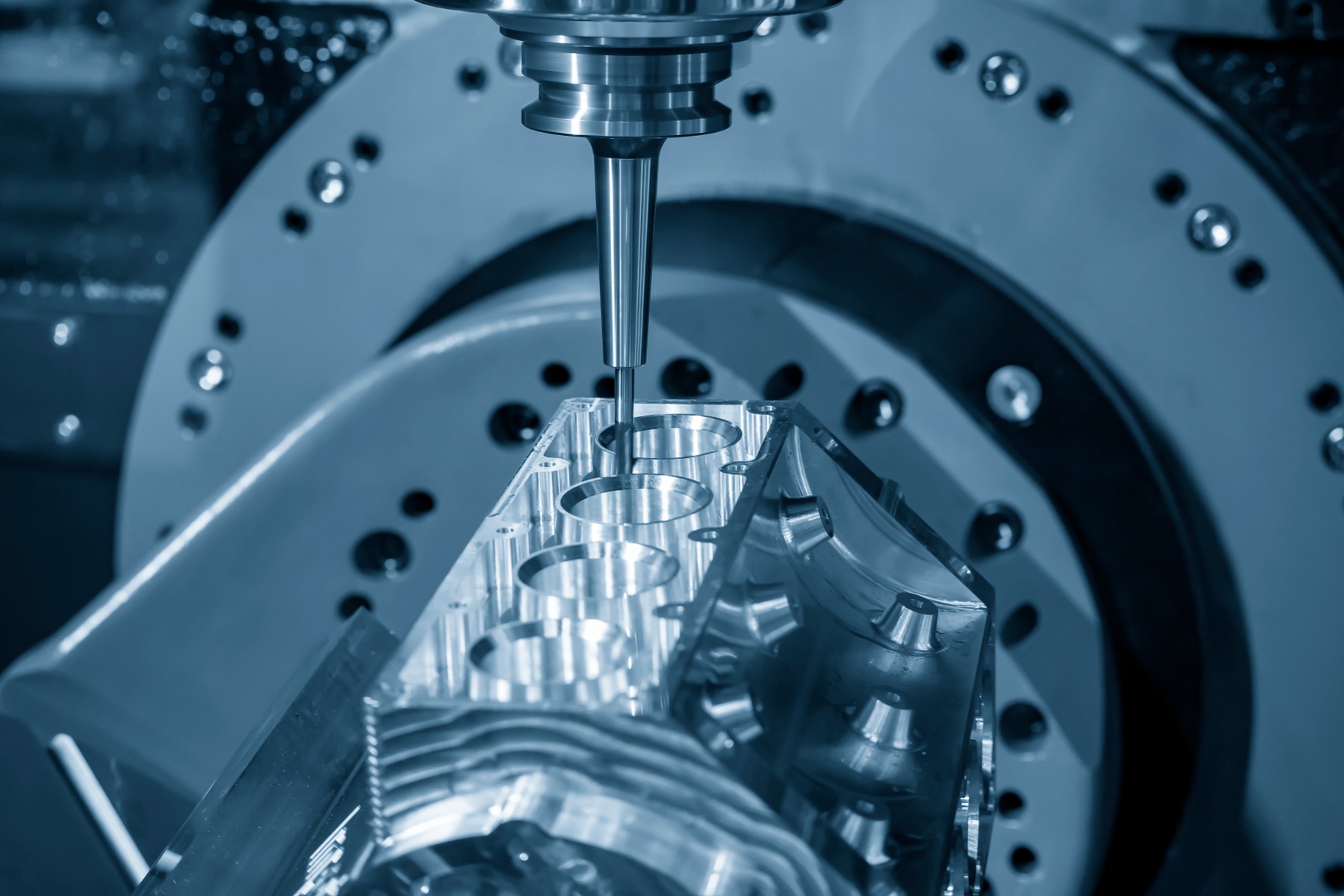
How can Northern Industrial help you?
Experiencing problems with your CNC monitor or operator panel?
Many issues can arise with your CNC monitors including dim or burned CRT monitors, broken or cracked screens, faulty or broken controls, failure to power up and illegible data.
CNC controller repairs
A critical part of any CNC system is the controller. As the brains of the operation, it’s imperative to keep your controller 100% running, 100% of the time. If your controller does fail, we can get you back up and running. We’ve got test rigs in place for a wide range of Programmable Logic Controllers (PLCs) and Programmable Motion Controllers (PMCs).
Drive Repairs
We cover all common drive types found in CNC machines including variable speed drives, servo drives, axis drives and spindle drives. As well as fixing any faults on your drives and amplifiers, we also backup your programs and parameters to make sure you are up and running again as fast as possible.
Interface, COMMS & I/O
Like any control system, CNC machine tools often make use of communication networks. When these go wrong, it can affect your entire operation but we can get to the bottom of your communication fault. Our board repairs include full preventative maintenance, meaning we reflow all cracked solder joints and replace every serviceable component.
Industrial Electronics Testing
We have developed bespoke test rigs at our 25,000 sq ft repair facility to be able to functionally test a wide range of CNC machine tools. Our engineers have trained with a selection of OEMs to know these machines from the inside out. After we have repaired your parts down to component level we put them on test for several hours.
Northern Industrial are here to repair your CNC machines and provide the breakdown support you need, when you need it.
With our two year warranty, the team will ensure reliability across a variety of brands including Siemens, Control Techniques and Mitsubishi to name a few. Whether it be a lathe, grinder, miller or anything in between, our experienced engineers are ready and waiting to deliver your automation solution.
Want to find out more?
If you'd like to learn more, click the button below and one of our helpful friendly team will be in touch. Alternately you can reach us by phone on +44 800 234 3747
Share this article

























